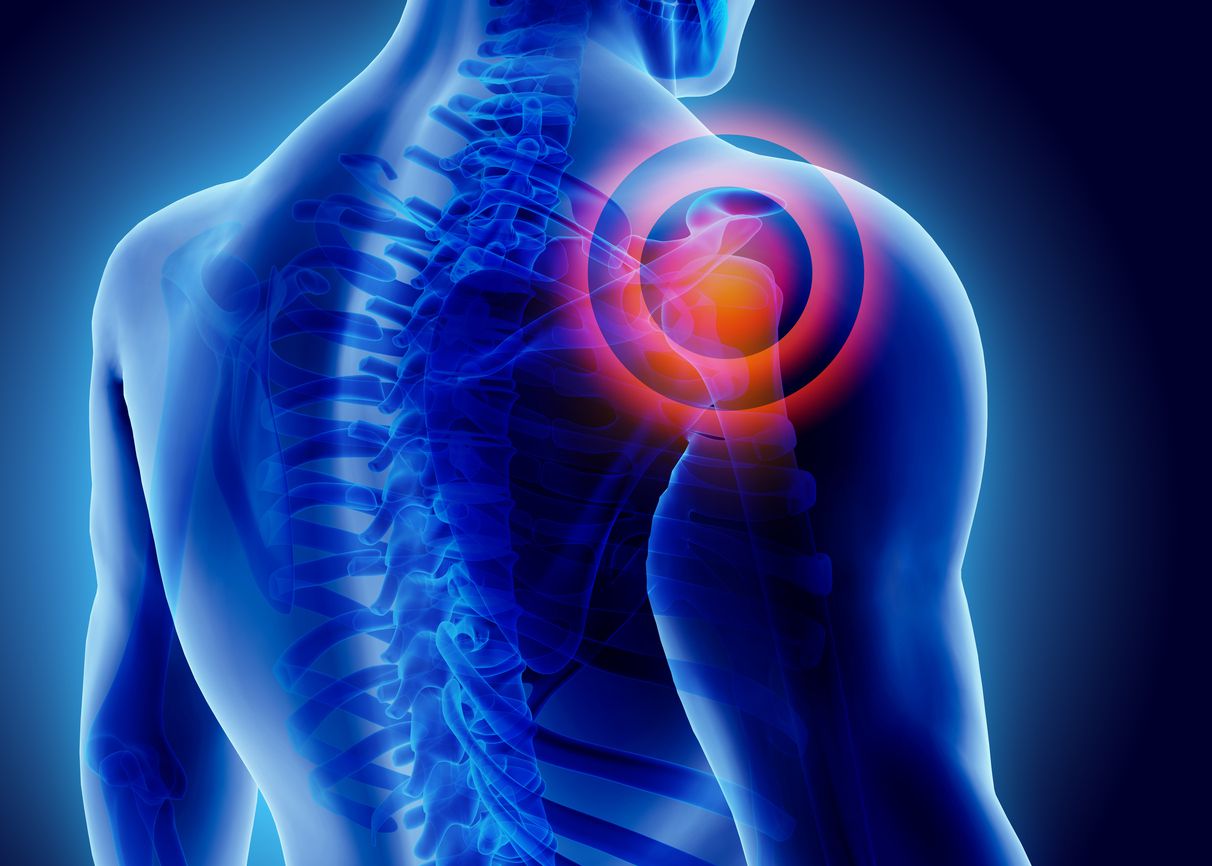
Pain
Why do I get pain and why might my pain change over time?
Pain is a common issue for people with CP, affecting up to 85% of individuals, no matter their age. Pain can start in childhood and is often more severe for people with more complex types of CP, like dyskinetic CP.
As you get older, the type and amount of pain you experience might change. It could become more intense or happen more often.
Pain can be:
Episodic
Comes and goes
Acute
Short-term pain, such as pain after an injury or surgery.
Chronic
Long-term pain that lasts for months or more. Chronic pain is often linked to sleep problems and feelings of depression.
Your pain is personal and can be influenced by many things. It might be related to issues in your body, like muscle spasms or stiff joints. But pain is also affected by your emotions, stress levels, and even cultural or social experiences. Pain feels worse when you’re tired or stressed, so managing these can help you feel better.
People with CP can experience pain from different sources.
Here are some common causes:
Intense or long-lasting muscle spasms
This often affects people with spasticity or dystonia.
Joint pain
Caused by wear and tear and uneven pressure on joints, which can lead to inflammation.
Nerve Pain (Neuropathic Pain)
This is pain that comes from the way the nerves send pain signals to your brain.
Digestive Issues
Problems like constipation or reflux can cause pain.
Dental Problems
Pain can result from difficulty keeping teeth clean or issues caused by reflux.
What can I do if I have got pain?
If you are in pain, it’s important to see a healthcare professional who can understand what is causing the pain and suggest ways to help.
Here are some things that might bring relief:
Gentle heat or cold therapy
Try using a warm bath, a wheat pack, or ice packs and cold baths.
Massage
This can relax the sore area and muscles connected to it
Stretching or yoga
Light stretching exercises can help loosen tight muscles and ease discomfort.
Gentle exercise
Moving your body gently may reduce certain types of pain. However, strength training is usually not recommended for managing pain related to conditions like spasticity. It’s best to talk to your healthcare provider to see if strength training is suitable for you.
Rest
Taking breaks can help reduce pain.
Change positions
Adjusting how you sit or lie down may take pressure off painful areas.
Hydrotherapy
Doing exercises in water can be calming and supportive.
Controlled breathing exercises
Deep, slow breathing can help your body relax.
Over-the-counter pain relief
Medications like ibuprofen may provide short-term relief. Always check with a healthcare professional first.